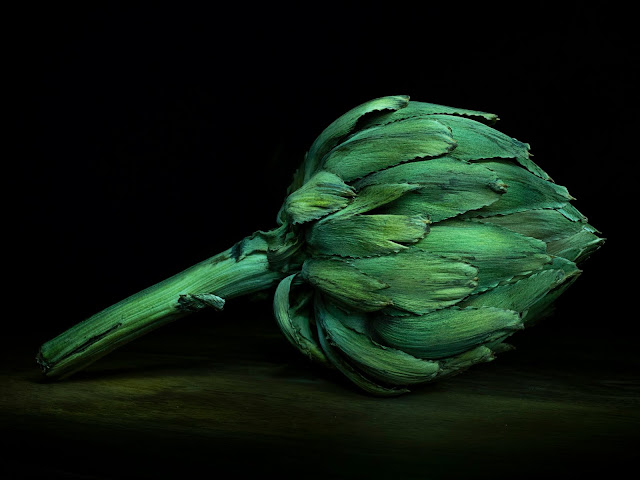What to do during this very strange time in our lives? It is scary out there, so we are staying inside and doing our part to flatten the curve by creating images with humor, creativity and/or beauty.
Join our email list and get content like this and more sign up here http://tinyurl.com/cuchara-photolist
We have also been photographing a lot using focus-stacking in-camera.
Focus stacking is the technique of taking a series of images, with the focus point at the closest to the camera and then moving it mm by mm towards the back of the subject. With dSLRs, focus stacking was tedious and took a lot of work in camera and in post-processing, and often requires extra equipment like focus rails, CamRangers, Cognisys, etc. Today there are are a bunch of cameras that will focus bracket in-camera, including the Nikon Z, Nikon d850, Fuji XT3, Panasonic and most Olympus cameras. The images are then layered into software (Zyreene stacker, Helicon Focus, or even Photoshop for the simpler series). Olympus cameras take this one step further and allow you to focus bracket, or to avoid the post-processing step and focus stack in-camera. This allows for greater depth of field, cleaner backgrounds, and more productivity.
How to focus stack: go to menu, camera 2, bracketing, focus bracketing, on. then choose focus bracketings (3-999 images) or focus stacking (3-15 images, EM1 mark 11 users if you only see 8 then you need to update your firmware), choose the differential (1-10, try 4-5 at first for most flowers and bug subjects). You can also focus stack with flash, the flash coordinates with the camera to recycle and go off for each focus slice.
* Focus Stacking available with OM-D E-M1 and E-M1 Mark II camera bodies using M.Zuiko Digital ED 12-40mm F2.8 PRO, 60mm F2.8 Macro, and 30mm F3.5 Macro lenses. ** Focus Bracketing available with OM-D E-M1, E-M1 Mark II, E-M5 Mark II, and E-M10 Mark II camera bodies.
We do most of our focus stacking with the 60mm macro lens https://amzn.to/39inhoA
Olympus STF-8 twin flash https://amzn.to/2UplERV
*Compatible with: M.ZUIKO DIGITAL ED 30mm F3.5 Macro, M.ZUIKO DIGITAL ED 60mm F2.8 Macro, M.ZUIKO DIGITAL ED 12-40mm F2.8 PRO
Focus stacking with Olympus means that straight out of the camera (SOOC) your image is sharp front to back with a beautifully blurred background. Sometimes you just need to shoot at 2.8-f4 in order to have a pleasing background, other times you need focus stacking because the subject has more depth of field than f22 will give you.
For this image, taken last year, f2.8 gave a nice background but the poppy was not sharp through and through. f22 resulted in a sharper poppy, but with a trade-off of a distracting background. 8 images focus stacked in-camera at f2.8 gave the best of both worlds.
I just love the backgrounds with focus-stacking. I often choose a background first and then find a subject to place in the background.
I just love the backgrounds with focus-stacking
I was photographing this preserved moth, above, when I kept hearing fluttering. This Cecropia moth had emerged early...
The rhino beetle is a preserved specimen, but the Amazon Milk frog was alive and hopping. I have a way of walking to my froggies and they will often settle down quite nicely, like this little froggie did -- so I could focus stack this to have the beetle sharp through and trhrough.



















